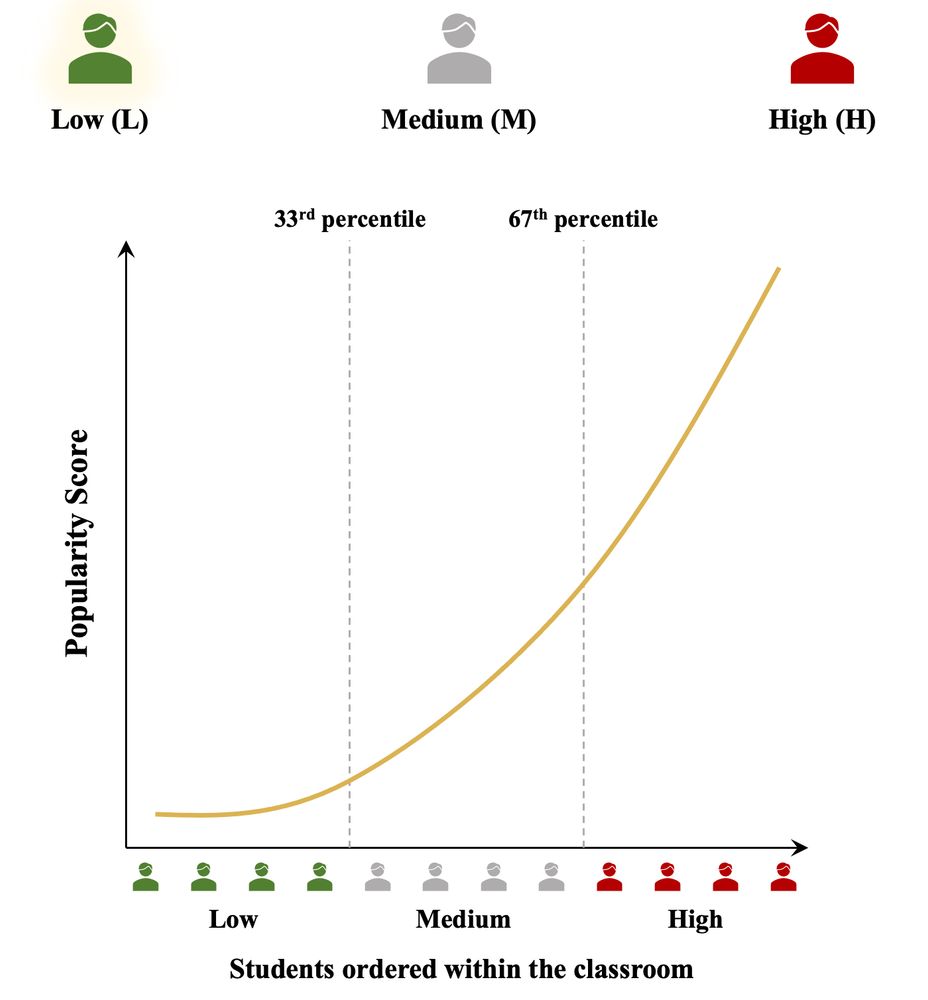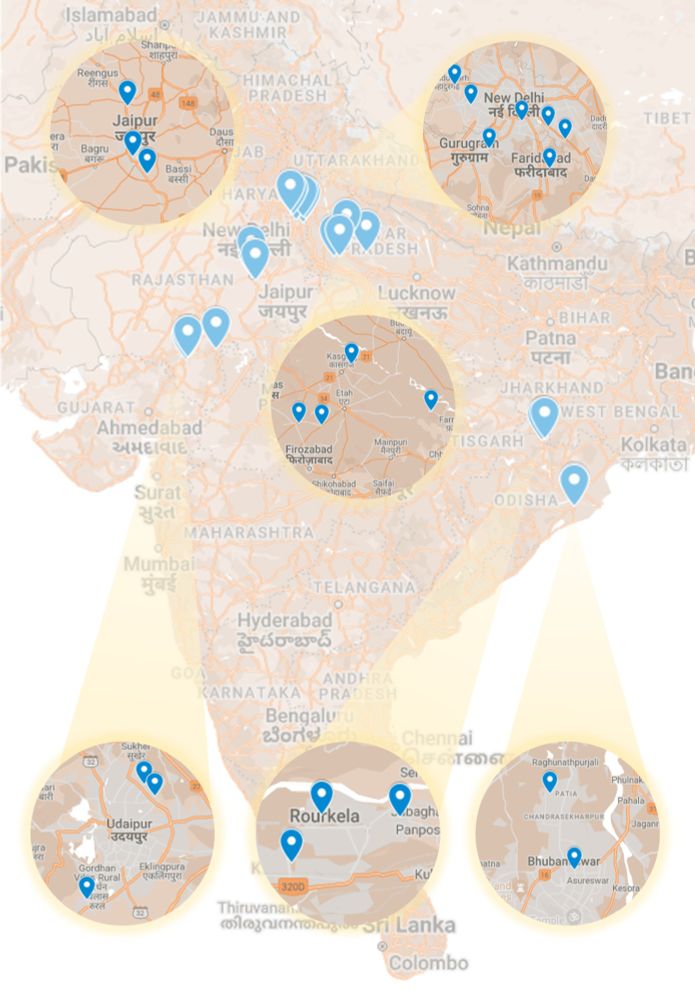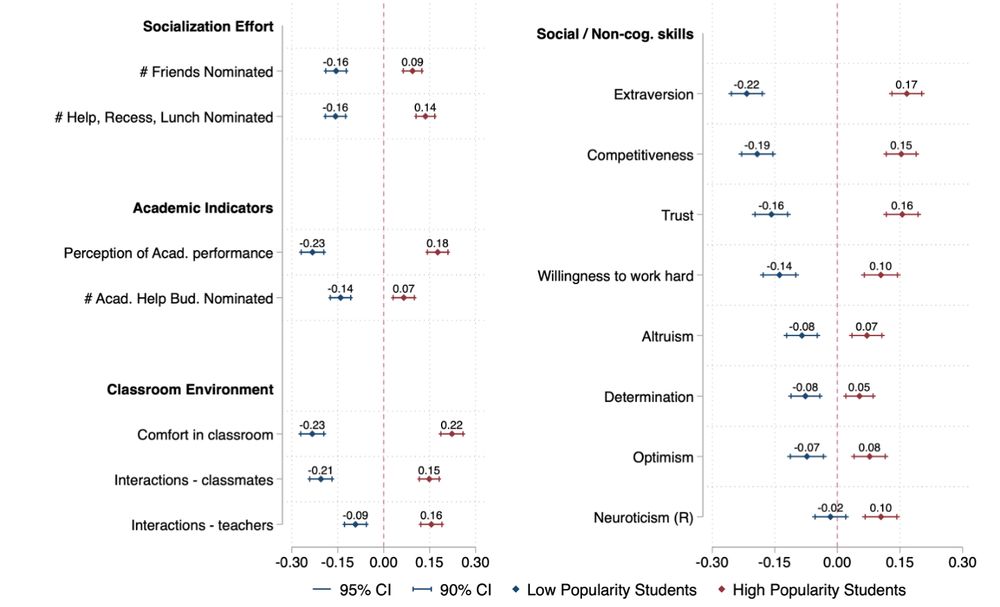Development and Labour Economist focusing on Social Networks and Education.
Website: https://sites.google.com/view/palaashbhargava




In a new WP with Cesar Barilla, we find a U-shaped link between ancestral climate variability & attention to the environment today.
#Climate #Culture #EconSky

Educators face a tradeoff:
- Pair isolated students with each other → boost individual outcomes but limit classroom-wide integration.
- Pair most isolated students with popular peers → foster classroom cohesion but risk harming self-esteem for some.

Educators face a tradeoff:
- Pair isolated students with each other → boost individual outcomes but limit classroom-wide integration.
- Pair most isolated students with popular peers → foster classroom cohesion but risk harming self-esteem for some.

In Stage 2, I vary the proportion of these pairings across classrooms to alter overall classroom dynamics.
Results?

In Stage 2, I vary the proportion of these pairings across classrooms to alter overall classroom dynamics.
Results?
📚 Friendship/help networks
🎓 Classroom experiences
🧠 Socio-emotional skills
Using peer nominations, I categorize students into 3 popularity levels: low (isolated), medium, and high.

📚 Friendship/help networks
🎓 Classroom experiences
🧠 Socio-emotional skills
Using peer nominations, I categorize students into 3 popularity levels: low (isolated), medium, and high.


My job market paper explores this through a large-scale RCT across Indian schools.
Thread below 🧵
#EconSky #EconJobMarket #JMP

My job market paper explores this through a large-scale RCT across Indian schools.
Thread below 🧵
#EconSky #EconJobMarket #JMP

